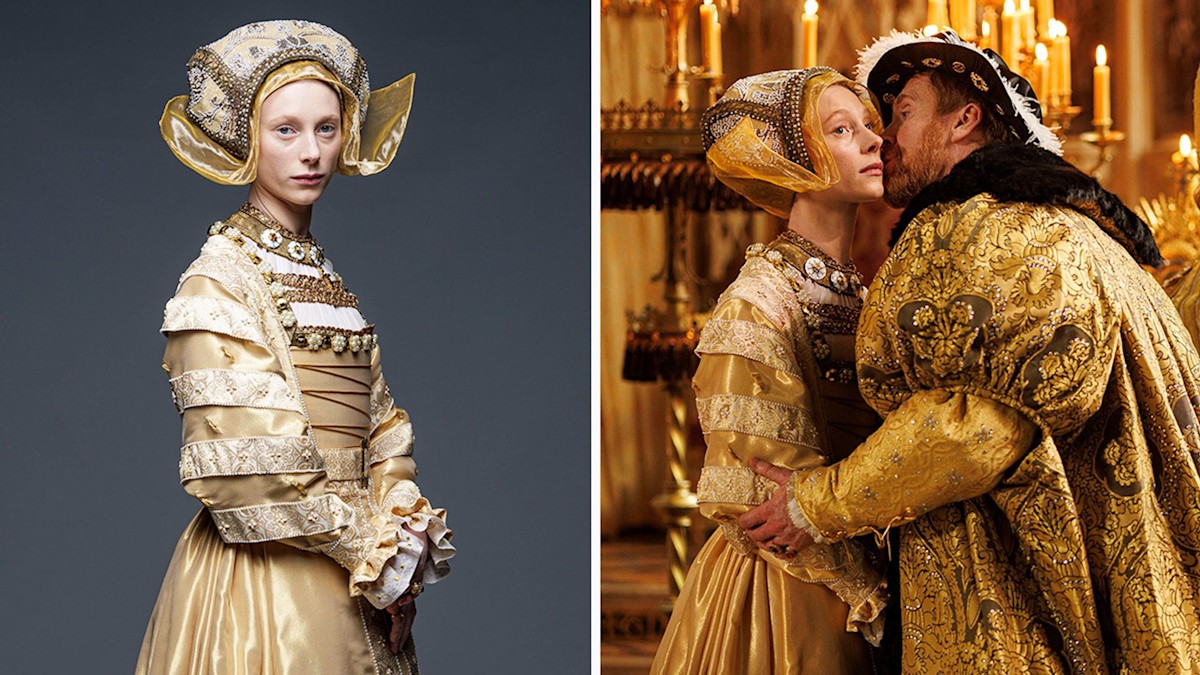Wolf Hall’s latest episode introduced us to King Henry VIII’s fourth bride, Anne of Cleves, who was married to the monarch for just six months before he decided to annul the union. At the time, Henry, who was unhappy with the match, claimed that his wife was “nothing so fair as hath been reported” – in other words, she didn’t look like her picture.
Unlike some of the monarch’s unfortunate lovers, Anne made it out of their marriage in one piece and with her head still firmly attached to her body. But what exactly happened to Anne after her split from Henry and what was life like for her post-divorce?
What happened to Anne of Cleves after her divorce from Henry VIII?
Given Henry’s track record with wives he no longer wanted, no one could blame Anne for being frightened after he declared their annulment. She needn’t worry, however, as the German noblewoman ended up living a life of luxury after her split from the King.
Historic Royal Palace’s head of research Professor Anthony Musson told HELLO!’s Right Royal Podcast: “She probably did the best out of all of them. She got a really good settlement with her divorce, she was known as the King’s beloved sister.”
He continued: “She was given a precedence after the King and Queen’s children. She was the foremost woman in the realm after. She even learned English… she outlived Henry.”
Grateful for Anne’s cooperation, Henry granted her a generous settlement and promised that if she remained in England, Anne would be bestowed the prestigious title of ‘the King’s Sister’. This would grant her a large amount of property, including Henry VII’s Richmond Palace and later Hever Castle, as well as an annual income of £500 and revenue from several estates, according to Historic Royal Palaces.
Anne accepted Henry’s offer and wrote to her family back in Germany to assure them of her safety. While she was able to keep her dresses and jewels, Anne returned her wedding ring and asked for it to be broken into pieces “as a thing which she knew of no force or value”.
Anne lived a life of luxury and leisure after her separation from Henry, enjoying fashion, sports and indulging in wine. She also took dance and English lessons.
Anne and Henry’s relationship post-divorce
Anne and Henry remained on good terms after their marriage ended, with the former queen forming close relationships with his daughters, Mary and Elizabeth, and even getting invited to spend Christmas at Hampton Court Palace with Henry and his new wife, Catherine Howard.
Unlike Henry, who remarried twice after their split, Anne remained single for the rest of her life.
What happened to Anne after Henry’s death?
After Henry passed away in 1547, Anne was no longer the ‘King’s Sister’. She retreated from court circles and swapped her larger estates for smaller properties due to financial troubles.
When Mary I became queen in 1553, Anne suggested she marry Ferdinand of Austria, who was closely connected to her family in Cleves. Instead, Mary married Philip of Spain, which contributed to the Wyatt rebellion – the plot to dethrone Mary and replace her with her half-sister, Elizabeth. As Mary’s inner circle attempted to expose the plotters, the spotlight was thrust onto Anne, who was a friend of Elizabeth.
Thankfully, there was little evidence to suggest the former queen was a traitor and she continued to live a fairly peaceful existence until her death aged 41 in 1557.
Read the full article here














